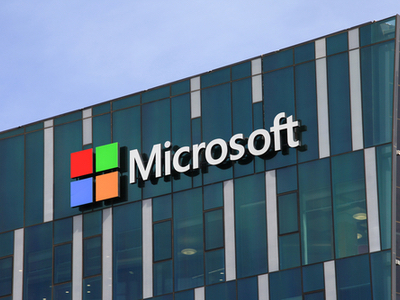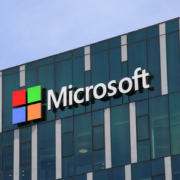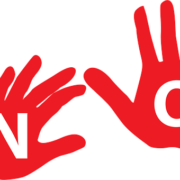What Microsoft’s New Ad Should Be Teaching Leaders and HR Professionals
Guest contributed by Karyn Mullins

Image via Shutterstock
Microsoft recently released a new ‘Make What’s Next’ ad campaign showing young girls excited about the future of science in STEM careers. The ad opens with the diverse group of girls expressing their deepest dreams to save the climate or find a cure for breast cancer.
With virtual reality glasses, they’re given a glimpse into the amazing technological advancements that could make their dreams come true. But the ad takes a surprising turn when they share “the bad news” with the girls. The giant screen reads:
“Odds aren’t you won’t solve any of these problems. Only 6.7 percent of women graduate with STEM degrees.”
For any diversity and inclusion efforts, these negative odds are not where executives should leave the conversation. Inspiring the future for women and other minorities is crucial for the success of every organization.
In fact, a 2015 McKinsey report on 366 public companies found those in the top quartile for ethnic and racial diversity in management were 35 percent more likely to have financial returns above their industry mean. There is no doubt the ad has very inspiring moments to it but translating that into real action in any firm is always a challenge.
If your HR team is wondering what’s next for diversity and inclusion, here’s what they should really learn from Microsoft’s campaign:
#1 Don’t just say diversity and inclusion is important, know why it is important.
Every HR pro has been trained on the importance of diversity and inclusion, but unfortunately, many have never fully experienced the benefits of having a diverse group of employees. Without this deep understanding, their task of understanding why it’s a crucial aspect of employee and company success is nearly impossible.
Often, we achieve success through different perspectives, creativity, and viewpoints. An undiversified environment lessens the ability for companies to leverage ideas or opinions and come up with creative, innovative solutions.
#2 Challenge your entire team to start addressing situations with multiple perspectives in mind. Put yourselves in the shoes of someone with a different ethnicity, backstory, and career path. The best way to do this is to set up team brainstorming meetings once a week. Allowing open communication during these meetings will help employees retrieve differing feedback that will push projects and sales to the next level.
# 3 Start recruiting by widening the potential pool of talent early
If we don’t teach kids they can grow up to be anything they want to be and they can make the world a better place however they see fit, we are limiting our ability to have a real impact on our world.
The girls in the Microsoft campaign felt unstoppable, even after seeing the negative statistics about their futures. But not everyone will have this same amount of confidence. Worst of all, they’ll run into many people who have little confidence in them.
We often limit our recruits by only speaking to juniors and seniors at colleges. Getting to them right before they enter the workforce with an internship or full-time position.What if we reached out earlier?
Inspire your recruitment team to build the generation of the future up by encouraging freshmen and sophomores in college — or even high schoolers. Let students know your company believes all genders and races can accomplish amazing feats with your team. Bring in experts from multiple departments to share their career stories and show how determination can accomplish great feats.
Stop stepping on your own efforts
Culture Amp’s 2017 Diversity & Inclusion Report found concepts of diversity and inclusion are experienced differently among people of different backgrounds. The balancing act for organizations as they become more diverse is a great responsibility as people from varying cultures have different values and beliefs.
Too often we let the diversity and inclusion conversations in our companies develop negative stigmas. If it already has one, we need to continue developing the conversation until our teams feel comfortable openly discussing and brainstorming ways to better our efforts to include everyone’s voice at the table for the best potential team performance.
About the author:
Karyn Mullins, Executive Vice President and General Manager MedReps.com, a job board which gives members access to the most sought after medical sales jobs and pharmaceutical sales jobs on the Web.
Disclaimer: The opinions and views of our Guest contributors are not necessarily those of theglasshammer.com











